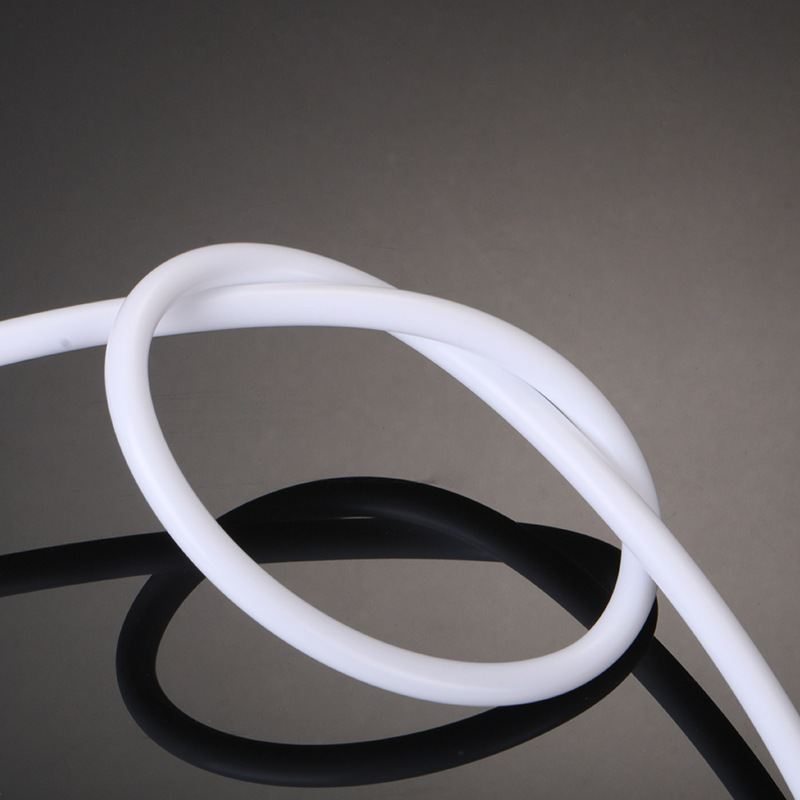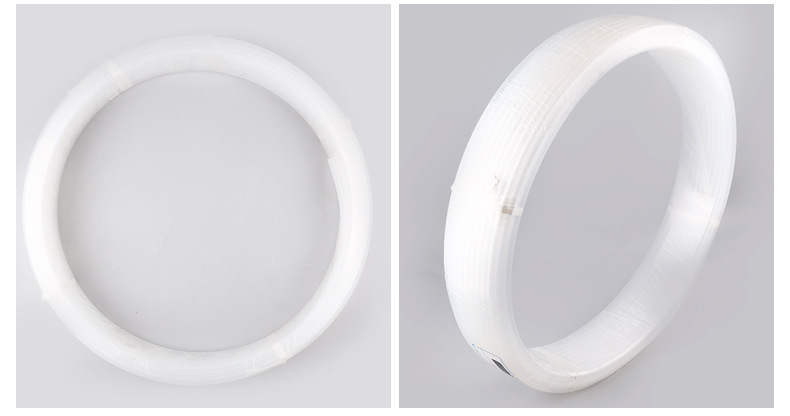High-Density Polyethylene (HDPE) is a popular thermoplastic polymer known for its strength, durability, and versatility. It is widely used in various applications, including packaging, construction, automotive parts, and piping systems. However, despite its many advantages, HDPE has several disadvantages that can impact its performance and suitability for specific applications. Understanding these drawbacks is essential for making informed decisions about material selection. In this article, I will provide a comprehensive overview of the disadvantages of HDPE, exploring the underlying principles and implications for various industries.
What is HDPE and Its Key Properties?
HDPE is a type of polyethylene characterized by its high density, which results from the arrangement of its molecular structure. The polymer chains in HDPE are tightly packed, giving it a higher tensile strength compared to other forms of polyethylene, such as Low-Density Polyethylene (LDPE). Some of the key properties of HDPE include:
- Strength and Durability: HDPE is known for its high tensile strength and impact resistance, making it suitable for heavy-duty applications. It can withstand significant stress without deforming, which is why it is often used in containers, pipes, and structural components.
- Chemical Resistance: HDPE exhibits excellent resistance to a wide range of chemicals, including acids, bases, and solvents. This property makes it ideal for applications involving the storage and transportation of corrosive substances.
- Low Moisture Absorption: HDPE has a low moisture absorption rate, which helps maintain its mechanical properties in humid environments. This characteristic is particularly beneficial in applications where moisture exposure is a concern.
While these properties make HDPE a popular choice, it is crucial to consider its disadvantages to ensure it meets your specific needs.

What Are the Main Disadvantages of HDPE?
1. Limited Temperature Resistance
One of the most significant drawbacks of HDPE is its limited temperature resistance. HDPE typically has a melting point of around 120-130°C (248-266°F). When exposed to temperatures above this range, HDPE can begin to soften and lose its structural integrity. This limitation can lead to deformation, warping, or even failure in applications that involve high heat, such as automotive components or industrial processes that generate significant heat.
For example, in environments where HDPE is subjected to hot liquids or steam, the material may not perform adequately, necessitating the use of alternative materials with higher thermal stability, such as polypropylene or certain engineering plastics.
2. UV Sensitivity
HDPE is susceptible to degradation when exposed to ultraviolet (UV) radiation from sunlight. Prolonged exposure to UV light can cause HDPE to become brittle, leading to cracks and a loss of mechanical properties over time. This UV sensitivity is particularly concerning for outdoor applications, such as piping, storage tanks, and agricultural films, where the material may be exposed to direct sunlight for extended periods.
To mitigate this issue, manufacturers can incorporate UV stabilizers during the production process. However, these additives can increase the overall cost of the material. Without proper UV protection, HDPE products may have a significantly reduced lifespan when used outdoors.
3. Difficulty in Bonding and Welding
Joining HDPE materials can be challenging due to its low surface energy, which makes it difficult for adhesives to bond effectively. Traditional bonding methods, such as gluing, often fail to create a strong bond, leading to potential failures in applications where structural integrity is critical.
Welding HDPE can also present challenges. While techniques such as hot air welding and extrusion welding are available, they require specialized equipment and expertise. Improper welding can result in weak joints that may not withstand the stresses of the application. Therefore, if your project involves joining HDPE components, it is essential to consider these challenges and explore alternative joining methods or materials that offer better adhesion properties.
4. Environmental Concerns
While HDPE is recyclable, the recycling process can be more complicated compared to other materials. The availability of recycling facilities and the market demand for recycled HDPE can vary significantly, leading to concerns about its environmental impact.
Additionally, if not disposed of properly, HDPE can contribute to plastic pollution, which is a growing global issue. The accumulation of plastic waste in landfills and oceans poses significant environmental challenges. Understanding the lifecycle of HDPE and its recyclability is essential for making environmentally responsible choices.
Moreover, the production of HDPE involves the use of fossil fuels, contributing to greenhouse gas emissions. As industries move towards more sustainable practices, the environmental footprint of materials like HDPE is becoming an increasingly important consideration.
5. Cost Considerations
Although HDPE is generally considered a cost-effective material, there are situations where its price may not justify its benefits. For example, in applications where the performance requirements are not as stringent, alternative materials like PVC or LDPE may offer a more economical solution.
It’s essential to evaluate the specific requirements of your project to determine whether HDPE is the best choice. In some cases, the initial savings from using a less expensive material may be outweighed by the long-term costs associated with maintenance, replacements, or failures.

In What Applications Might HDPE Not Be the Best Choice?
While HDPE is suitable for many applications, there are specific scenarios where it may not be the best option. For instance:
- High-Temperature Environments: In industries such as aerospace or automotive, where components are exposed to high temperatures, materials with better thermal stability, like certain metals or high-performance polymers, may be more appropriate.
- Outdoor Applications Without UV Protection: If you’re considering HDPE for outdoor use without UV stabilizers, it may be better to explore alternatives that offer better resistance to UV degradation, such as fiberglass-reinforced plastics.
- Applications Requiring Strong Adhesive Bonds: If your project involves bonding HDPE to other materials, consider alternatives that provide better adhesion properties, such as epoxy resins or other high-performance adhesives designed for low-energy surfaces.
How Can the Disadvantages of HDPE Be Mitigated?
While HDPE has its limitations, there are strategies to address these disadvantages:
- Use of Additives: Incorporating UV stabilizers and antioxidants during the manufacturing process can enhance HDPE’s resistance to UV degradation and thermal aging, extending its lifespan in outdoor applications.
- Proper Design and Engineering: Designing components with temperature limits in mind and ensuring they are not exposed to conditions that exceed HDPE’s capabilities can help mitigate performance issues. For example, using insulation or protective coatings can shield HDPE from extreme temperatures.
- Alternative Joining Methods: Exploring advanced joining techniques, such as ultrasonic welding or using specialized adhesives designed for low-energy surfaces, can improve the reliability of HDPE assemblies. Additionally, mechanical fastening methods, such as screws or bolts, can provide strong connections without relying on adhesives.
Conclusion
In summary, while HDPE is a versatile and widely used material, it is essential to recognize its disadvantages, including limited temperature resistance, UV sensitivity, bonding challenges, environmental concerns, and cost considerations. By understanding these limitations, you can make informed decisions about material selection that align with your project requirements.
If you’re considering HDPE for your applications, take the time to evaluate your specific needs and explore alternatives if necessary. By doing so, you can ensure that you choose the right material for your project, maximizing performance and longevity. If you have further questions or need assistance with pneumatic fittings and tubings, feel free to reach out for expert guidance.

